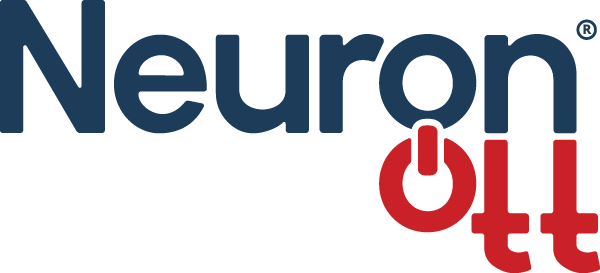
Injectrode System
The information on this page is provided to aid clinicians with an understanding of our future therapy system. The Injectrode System consists of the following:
Injectrode System
The placement of the Injectrode is performed under local anesthesia and with the aid of fluoroscopy or ultrasound visualization. The placement needle offers the smallest needle diameter in the field (1.27mm outer diameter 18 gauge), intended to minimize the risk of visible scars after placement. Even if the clinician opts for a small cut (3-5mm) during placement, the risk of a scar following placement is greatly reduced.
External Pulse Generator (EPG)
The EPG provides the electrical signals, sometimes called waveforms, to interface with the nerve inside the body. It sends the signals through the skin to the Injectrode which transfers these to the nerve. Once the electrical signals reach the nerve, they modulate the pain information a patient may feel. The beauty of neuromodulation is that the "dose" of the electrical signal can be changed by the EPG with clinician supervision. Neuromodulation is a very powerful treatment approach that is often successful after all other treatment approaches have failed.
Clinician Programming Remote
The Physician programmer enables the clinician to adjust and set the correct electrical signals, sometimes referred to as waveform parameters.
Stimulating Patches
The externally worn Patch Electrodes are connected to the EPG and enable the EPG to stick to the patient. These electrodes are designed to be reusable for up to 2-4 days.
Treatment Steps
Step One
The future patient receives the Injectrode during a 15-20 minute placement visit.
Step Two
Approximately one week after the Injectrode is placed by the physician, the external components (an EPG, patch electrodes, and remote) are provided. A physician programmer will be used to define the optimal parameters of the stimulation during the programming visit.








